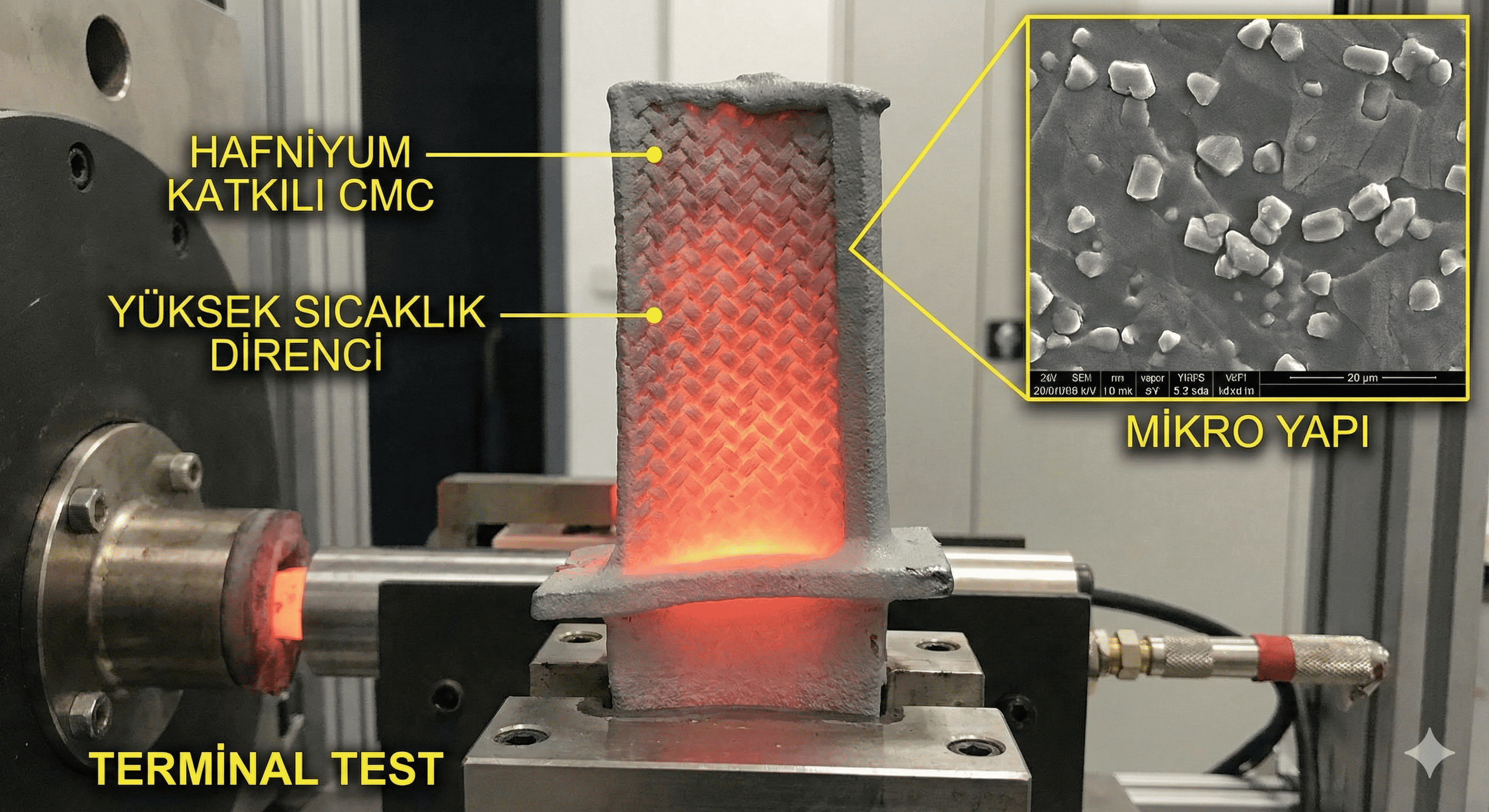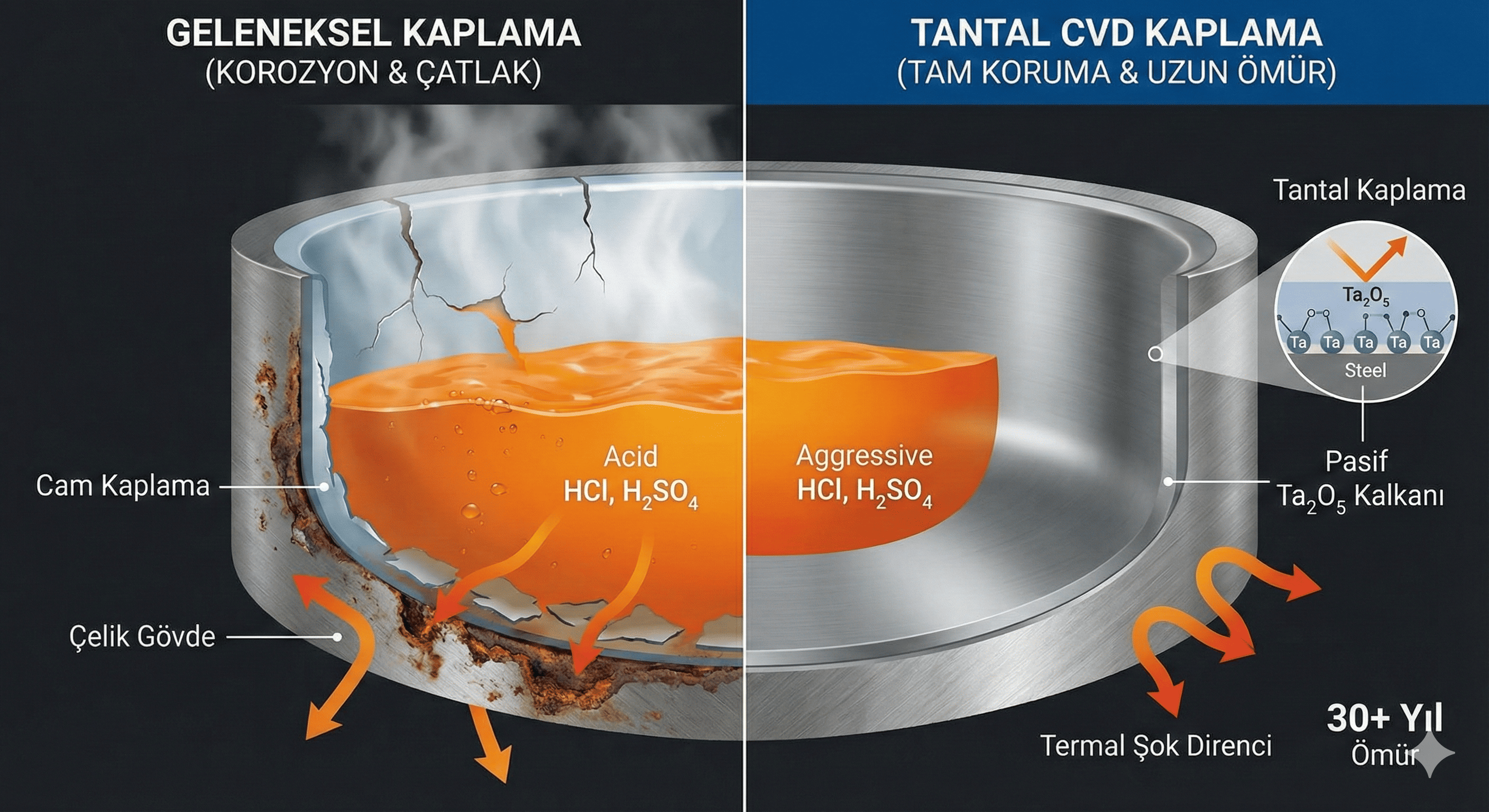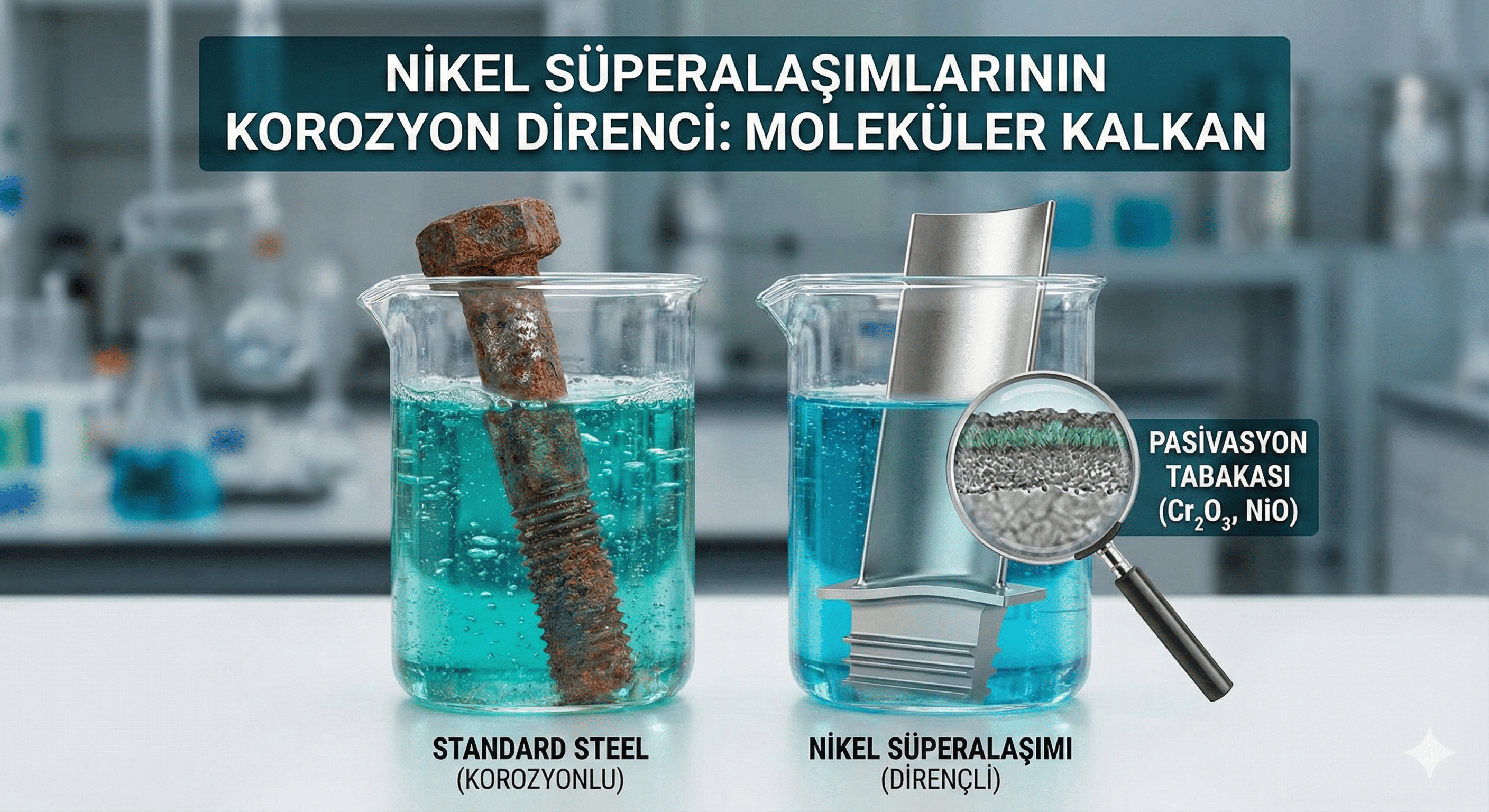Zinc Oxide Nanoparticles: Properties, Synthesis, and Applications
Introduction
Zinc oxide nanoparticles (ZnO NPs) are nanoscale particles of zinc oxide with unique physical and chemical properties that differ significantly from their bulk counterparts. Due to their high surface area, reactivity, and size-dependent characteristics, ZnO NPs have found applications in various fields including electronics, medicine, environmental science, and materials engineering.
Chemical Properties
- Composition: Zinc oxide nanoparticles are composed of zinc and oxygen in a 1:1 ratio, with the chemical formula ZnO. In nanoparticle form, ZnO exhibits different properties compared to bulk zinc oxide due to quantum effects and the large surface-to-volume ratio.
- Reactivity: ZnO NPs are known for their high reactivity, particularly as photocatalysts. They can absorb UV light and generate reactive oxygen species, making them effective in photocatalytic applications. ZnO NPs also have antimicrobial properties and can react with acids and bases.
- Oxidation States: Zinc in ZnO is in the +2 oxidation state. This oxidation state contributes to the stability of the compound and its ability to participate in various chemical reactions.
- Surface Chemistry: The surface of ZnO NPs can be functionalized with different molecules to improve their stability, dispersion, or compatibility with other substances. Surface modification can enhance their performance in various applications.
Physical Properties
- Appearance: Zinc oxide nanoparticles are typically white to pale yellow powders. They can also appear as translucent or opaque solids depending on their size and aggregation state.
- Density: The density of ZnO NPs is around 5.6 g/cm³, although this can vary with particle size and specific synthesis methods.
- Melting Point: ZnO has a high melting point of about 1,975°C (3,587°F). Nanoparticles may exhibit altered melting points due to their small size and surface effects.
- Mechanical Properties: ZnO NPs are relatively soft and can be prone to aggregation. Their mechanical properties can be influenced by particle size, surface coating, and method of synthesis.
- Optical Properties: ZnO NPs exhibit size-dependent optical properties, including photoluminescence and UV absorbance. They have a wide bandgap of about 3.3 eV, making them useful in UV-blocking applications and optoelectronics.
Synthesis Methods
- Chemical Precipitation: ZnO NPs are commonly synthesized by precipitating zinc salts (such as zinc sulfate or zinc chloride) with a base like sodium hydroxide or ammonium hydroxide. The resulting zinc hydroxide precipitate is then calcined to produce ZnO nanoparticles: Zn(OH)2→ZnO+H2OZn(OH)_2 \rightarrow ZnO + H_2OZn(OH)2?→ZnO+H2?O
- Sol-Gel Method: In the sol-gel process, zinc alkoxides or zinc salts are hydrolyzed to form a gel. This gel is then dried and heat-treated to produce ZnO nanoparticles. This method allows for control over particle size and distribution.
- Hydrothermal Synthesis: ZnO NPs can be synthesized using hydrothermal methods, where zinc precursors are reacted with an aqueous solution at high temperatures and pressures. This method can produce nanoparticles with controlled size and morphology.
- Chemical Vapor Deposition (CVD): CVD involves the deposition of zinc-containing gases (such as zinc vapor) onto a substrate to form ZnO NPs. This method provides high-purity particles and is used for producing thin films as well.
- Green Synthesis: Green synthesis methods use environmentally friendly approaches, such as plant extracts or microorganisms, to reduce zinc ions and produce ZnO NPs. These methods are considered more sustainable and less toxic.
Applications
- Electronics: ZnO NPs are used in electronic devices such as varistors, piezoelectric devices, and thin-film transistors. Their wide bandgap and semiconducting properties make them suitable for various electronic applications.
- Medicine: Zinc oxide nanoparticles have applications in medicine, including drug delivery systems, wound healing, and antimicrobial treatments. Their antimicrobial properties are utilized in topical creams and ointments.
- Catalysis: ZnO NPs are effective catalysts or catalyst supports in various chemical reactions, such as photocatalysis for degrading organic pollutants and hydrogen production.
- Environmental Science: ZnO NPs are used in environmental applications, including water purification and air treatment. They act as photocatalysts for the degradation of pollutants and removal of contaminants.
- Cosmetics: ZnO NPs are widely used in sunscreens and cosmetics due to their ability to block UV radiation. They provide broad-spectrum UV protection and are used in various skin care products.
Safety and Handling
- Toxicity: ZnO NPs can pose health risks if inhaled, ingested, or if they come into prolonged contact with the skin. They may cause respiratory or skin irritation and potential toxicity if not handled properly.
- Protective Measures: When handling ZnO NPs, use appropriate personal protective equipment (PPE), such as dust masks, safety goggles, and gloves. Work in a well-ventilated area or fume hood to minimize exposure.
- Storage: Store ZnO NPs in airtight containers to prevent moisture absorption and contamination. Keep them in a cool, dry place to maintain stability and prevent degradation.
Conclusion
Zinc oxide nanoparticles are a versatile material with a range of properties that make them suitable for applications in electronics, medicine, catalysis, environmental science, and cosmetics. Their unique characteristics, including size-dependent optical properties and high reactivity, offer significant advantages in advanced technologies and industrial processes. Understanding their synthesis methods, properties, and safety considerations is essential for their effective and safe utilization.
If you have any more questions or need further information, feel free to ask!





